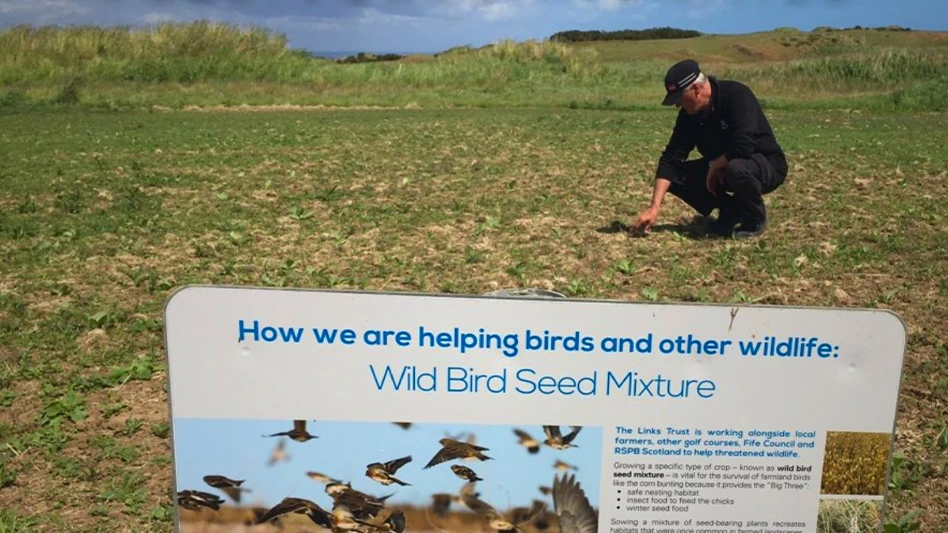|
|
Smart controllers automatically adjust irrigation system schedules based on weather factors or soil moisture levels. These smart controllers are all the rage in landscape irrigation, but if you think about it, smart controllers have been available for golf course irrigation systems for decades. Let's look at the weather-based controllers first. Weather-based controllers in golf course irrigation systems are nothing new. Ever since weather stations have been available, they have aided in the operation of golf irrigation systems. Initially, they just provided you with an evapotranspiration rate (ET) that would then be manually entered into the control software and the runtimes automatically adjusted based on the ET rate or you just used it to help you determine runtimes. As golf course irrigation central control systems have matured and technology advanced, stations have become more accurate and reliable, and some superintendents let the computer automatically set runtime based on the ET readings from the weather station. Additionally, it seems each year the central software is updated or the latest and greatest new golf irrigation control system is released which allows you to utilize more than just ET inputs, but also temperature, humidity and wind. Soil moisture sensors have been around for more than half a century, but they have been accepted in the golf market only recently. With new sensor technologies soil moisture sensors have entered the market quickly and aggressively. Like weather stations, at first the soil moisture sensors were independent of the central control system and had their own software program, much like pump station monitoring used to be. But again, technology has advanced and central control software has updated so soil moisture sensors – if the right ones are purchased – are able to fully interact with the central control system and automatically adjust the run times of the specific sprinklers they are assigned to control.
However, this technology and control does not come without a cost. Weather stations have become mostly standard on an irrigation system and there may be more than one weather station. Their one-time costs are not significant, but they do need to be maintained to be accurate. Because they are new, interactive soil-moisture sensors are at this point pretty expensive. The big decision is how many to install. To do all 18 greens, tees and fairways – or even just 18 of each – is cost-prohibitive. As a result, it is difficult to have a fully interactive system. You can move the sensors around, but then they will not be interactive. It is important to understand this technology completely and what it is doing if you are going to rely on it. The central computer cannot get fired, but you can. I have always been a believer that the weather station should never be allowed to set runtimes without oversight, but with soil moisture sensors I am not so sure. Once you have determined the optimum soil moisture range, why not let the system automatically keep the moisture within that range. It's certainly something to think about. |

Explore the December 2011 Issue
Check out more from this issue and find your next story to read.
Latest from Golf Course Industry
- Making the grade — at or near grade
- PBI-Gordon receives local business honor
- Florida's Windsor takes environmental step
- GCSAA names Grassroots Ambassador Leadership Award winners
- Turf & Soil Diagnostics promotes Duane Otto to president
- Reel Turf Techs: Ben Herberger
- Brian Costello elected ASGCA president
- The Aquatrols Company story
.jpg)






